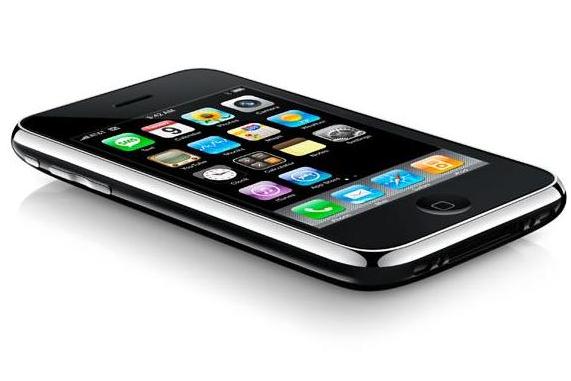Apple updates iPhone software, adds cut and paste
Apple has finally added cut and paste to its iPhone 3.0 software, in addition to push email, but Flash support is still missing.

Applause erupted several times yesterday as Apple unveiled nearly 100 new features to be included in its third generation iPhone operating system (OS) this summer.
But there was also plenty of muttering as observers noted that much of what Apple is offering now already was included years ago in smart phone operating systems such as the Palm OS and Windows Mobile.
Despite rumours that Apple would use the developer and press briefing at its Cupertino headquarters to show off a new netbook or iPhone, the briefing focused exclusively on the iPhone 3.0 OS.
Opinion was divided on what constituted the biggest news of the day. At long last, the iPhone will allow copying, cutting and pasting between applications, an irritating oversight in the original version of the software.
But Apple also announced that iPhone's Notes application will synchronise with a PC or Mac, just as the notes functionality on Pocket PCs and Palms have done for more than a decade.
And, for the second time in just over a year, Apple has promised to release a push notification function to allow instant updating of e-mails and messages.
With that last feature, senior vice president of iPhone software Scott Forstall acknowledged Apple's tardiness to the party. "You know, we're late on this one," he said, noting that it was developer response to last year's announcement that helped Apple realise it had underestimated how popular a notification system would be.
Sign up today and you will receive a free copy of our Future Focus 2025 report - the leading guidance on AI, cybersecurity and other IT challenges as per 700+ senior executives
The effort to add it required redesigning the software from the ground up. Now that that's done, the feature will roll out to consumers this summer with the new OS.
But conspicuously empty boxes scattered amongst the check marks remained on iPhone users' wish lists. The next-generation OS will allow stereo Bluetooth functionality, clearing the way for wireless speakers and headphones. But it won't enable Bluetooth keyboards, dashing hopes that the iPhone could become a practical laptop replacement.
Similarly, there remains no way to detach Microsoft Office files from emails to save and edit them on the iPhone. The iPhone's two-megapixel camera still won't do video recording. And there still is no Adobe Flash support, meaning most multimedia websites remain crippled on the iPhone.
But Apple did announce a new way for application developers to make money. Rather than collecting only a one-time fee to purchase software, the iPhone applications store also will begin offering "subscriptions," creating a way for developers to sell regularly updated content as well.
And in one last Palm dj vu, iPhones will be able to communicate wirelessly with each other to allow the exchange of virtual business cards and other digital files. The new wireless communication technology also will let nearby gamers play against each other via their iPhones.
A litany of additional new features rounded out the briefing, including a new "landscape mode" on-screen keyboard, so-called "maps in apps" to allow third-party developers to reference the maps already available on the iPhone, multimedia messaging to allow iPhone users to send digital photos and audio, and a new search function, "Spotlight," that is nearly identical to one already offered on Mac computes running OS X.

